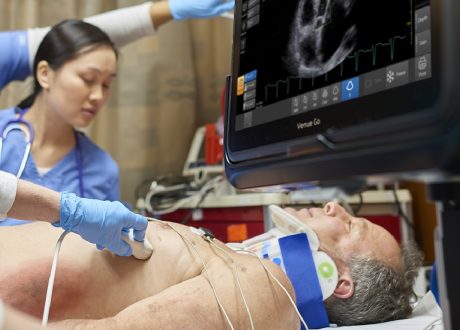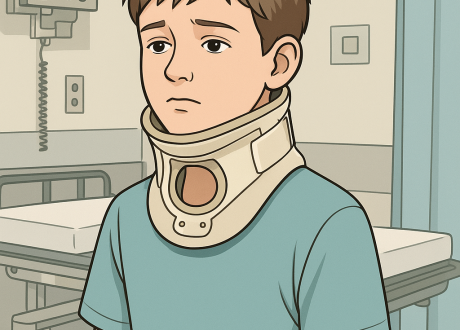TAKE-HOME MESSAGE
- This prospective study investigated the prevalence and characteristics of sports-related sudden cardiac arrest (SrSCA) among individuals aged 65 years or older in two US regions (catchment population, approximately 1.85 million). Of the 4078 out-of-hospital SCAs in this age group, 77 (1.9%; men, 91%) were SrSCAs, which were mostly associated with activities such as cycling, gym activity, and running.
- These findings suggest that, among community-dwelling adults aged 65 years or older, SrSCA is relatively rare and occurs predominantly in men. The risk of SrSCA appears to be low in older adults participating in sports activities and is significantly outweighed by the substantial health benefits of regular exercise. Clinicians should feel reassured to counsel older adults about the safety and importance of engaging in sports and physical activity.
AbstractВ В В В В В В В В 
Background
Sports activity among older adults is rising, but there is a lack of community-based data on sports-relatedВ sudden cardiac arrestВ (SrSCA) in the elderly.
Objectives
In this study, the authors investigated the prevalence and characteristics of SrSCA among subjectsВ вүҘ65 years of age in a large U.S. population.
Methods
All out-of-hospital sudden cardiac arrests (SCAs) were prospectively ascertained in the Portland, Oregon, USA, metro area (2002-2017), and Ventura County, California, USA (2015-2021) (catchment population вҲј1.85 million). Detailed information was obtained for SCA warning symptoms, circumstances, and lifetime clinical history. Subjects with SCA during or within 1 hour of cessation of sports activity were categorized as SrSCA.
Results
Of 4,078 SCAs among subjectsВ вүҘ65 years of age, 77 were SrSCA (1.9%; 91% men). The crude annual SrSCA incidence among ageВ вүҘ65 years was 3.29/100,000 in Portland and 2.10/100,000 in Ventura. The most common associated activities were cycling, gym activity, and running. SrSCA cases had lower burden of cardiovascular risk factorsВ (P =В 0.03) as well asВ comorbiditiesВ (PВ <В 0.005) compared with non-SrSCA. Based on conservative estimates of community residentsВ вүҘ65 years of age who participate in sports activity, the SrSCA incidence was 28.9/100,000 sport participation years and 18.4/100,000 sport participation years in Portland and Ventura, respectively. Crude survival toВ hospitalВ discharge rate was higher in SrSCA, but the difference was nonsignificant after adjustment for confounding factors.
Conclusions
Among free-living community residents ageВ вүҘ65 years, SrSCA is uncommon, predominantly occurs in men, and is associated with lowerВ disease burdenВ than non-SrSCA. These results suggest that the risk of SrSCA is low, and probably outweighed by the high benefit of exercise.









